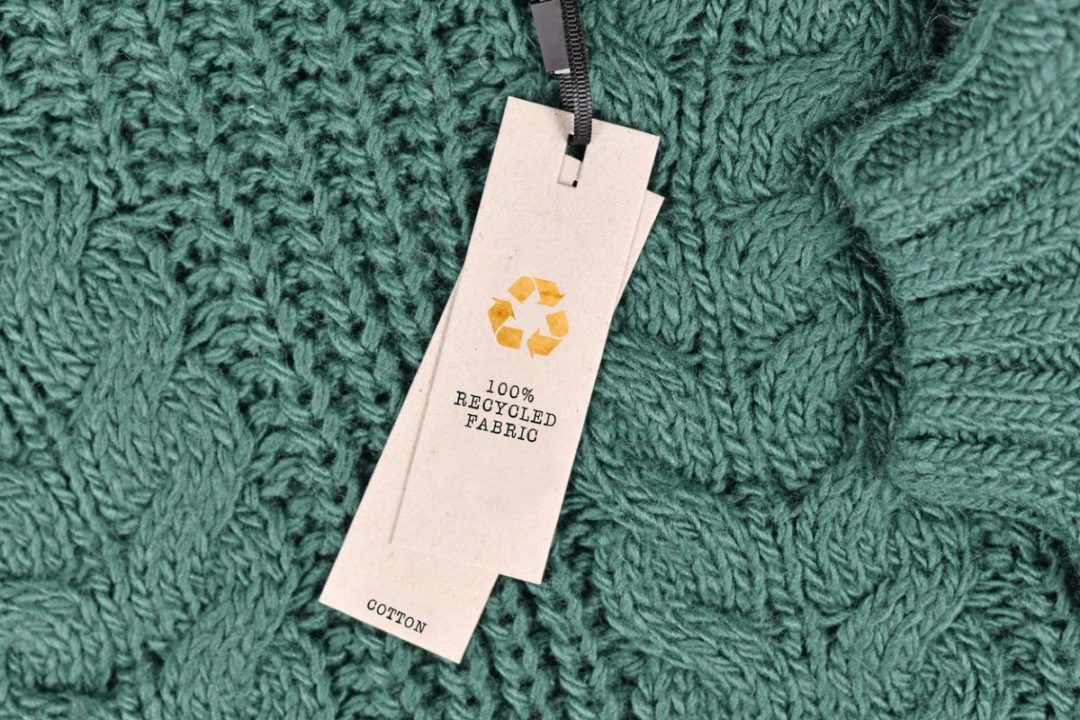
Visit Our Sponsors |
|
|
|
|
|
|
|
|
|
|
|
|
|
|
|
|
|
|
|
|
|
|
|
|
|
|
|
|
|
|
|
|
|
|
|
|
|
|
|
|
|
|
|
|
|
|
|
|
|
|
|
|
|
|
|
|
|
|
|
|

Photo: iStock.com/Firn
 Analyst Insight: Planet Earth has finite resources, and at the heart of a sustainable operation is a business’s aptitude for working with its networks to ensure the continuity of those resources.
Analyst Insight: Planet Earth has finite resources, and at the heart of a sustainable operation is a business’s aptitude for working with its networks to ensure the continuity of those resources.
According to consumers, too many organizations currently operate on a linear “take, make, waste” model, which needs to change.
Sustainability can no longer be an afterthought for brands. Consumer demand for increased transparency around sustainability continues to grow. According to a recent survey from First Insight, 62% of Generation Z survey participants prefer to buy from sustainable brands. And it turns out that consumers spanning generations are willing to pay more for sustainable goods.
Brands know they need to deliver sustainability information because the consumer says so, but how can these companies tell a product’s full story and hook a buyer when there are so many data demands, and packaging real estate is finite? What’s the vehicle to position impactful environmental and social product information to the consumer without taking up valuable marketing real estate? Labeling will play a key role.
Curious and connected consumers are demanding contextually relevant information from brand owners. That access needs to be at their fingertips, so they can check into relevant information, such as upstream impact, trade certifications, disclosure statements, sourcing and more. From a brand perspective, delivering the right information when consumers need and want it is the key to remaining competitive. This uptick in the demand for information is changing the game when it comes to product labeling.
The solution lies in the data carrier or barcode found on-pack, which contains the information necessary for product identification, accurate price lookup, product traceability and making sure products go beep at checkout.
In today’s market, the focus is on engaging the consumer and on supply chain optimization. This requires the ability to serve up more data about a product. With more sophisticated 2D barcodes (such as QR codes), brands can offer enhanced product information, drive a conversation and optimize processes. When a 2D barcode is used to identify a product beyond just the UPC, it becomes “Web-enabled” and can serve up more information about its lifecycle. This technology connects the physical product to the Web, and provides consumers with instantly updated and brand-authorized content online.
A single 2D barcode can open the door to limitless information in a machine-readable format, including sustainability information provided by the brand owner. This data carrier holds other supply chain benefits, including improved inventory management, recall readiness, ethical sourcing, product authentication and brand trust.
Global retailers, brands and application providers have been moving toward the use of 2D barcodes for consumer experiences in a proprietary manner for some time. It’s time to take the next step in embracing standards, to access all the benefits that data can provide. Industry has embarked on an initiative for retailers to have the capability to scan and process items at point-of-sale (POS) from 2D barcodes. A single 2D barcode can scan at POS, deliver that next level of information consumers are looking for, and offer a wealth of supply chain benefits, including batch and lot look-up.
Any brand owner exploring becoming a more sustainable business should determine why it wants to make that a priority. Being a sustainable organization is a long-term commitment, not a one-off event. The undertaking is not to be taken lightly. It will require significant planning, not only to engage in sustainable practices, but also to deliver the right information to the consumer via a smartphone scan.
As time progresses, the topic of sustainability will continue to gain more traction and attention. Labeling has a critical role to play in this movement, by being the consumers’ gateway to information and disclosures on sustainability efforts, which will help guide their purchasing decisions toward a sustainable future.
RELATED CONTENT
RELATED VIDEOS
Timely, incisive articles delivered directly to your inbox.


